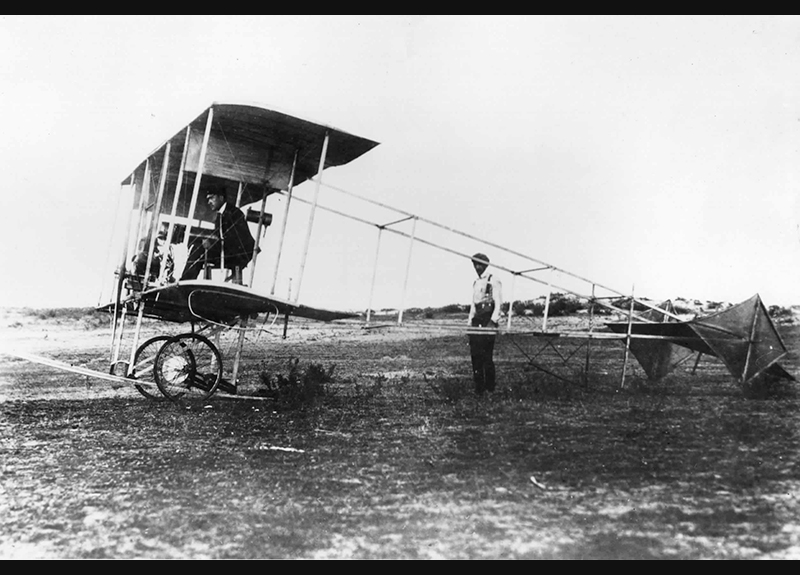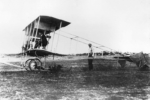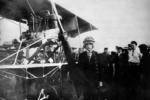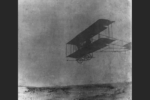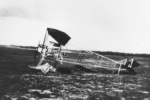Sikorsky Product History
Sikorsky S-5
Designed concurrently with the S-4, the S-5 quickly dominated Sikorsky’s attention. An Argus 50 horsepower water-cooled engine was chosen. Though heavier than the Anzani engines, it proved more dependable and smoother running. The aircraft was completed in late April, 1911. Somewhat larger than the earlier aircraft, the upper wing span was 12 meters (39 ft.) versus 8 meters (26 ft.) of the S-2 and S-3 aircraft. Remembering his earlier crashes, Igor Sikorsky trained for three weeks, testing the new aircraft with a series of 20 to 30 second straight-line flights down the airfield. He completed his test program with his plane still in one piece. On May 17th, Sikorsky made what he called his first “real flight” lasting four minutes during which he took off, completed a circuit above the field and landed where he had taken off for the first time. Sikorsky knew that after two and a half years, he had made a real flight and achieved a real success.
By June 14th he was confident enough to carry passengers. A number of 30 minute flights were made through the summer, reaching altitudes of about 500 m (1,600 ft.). On August 18, 1911, Sikorsky received his F.A.I. Pilots License, number 64, in the S-5. He also established four Russian aviation records; Altitude of 500 m (1,640 ft.), Distance of 85 km (52 miles), Duration of 52 minutes and Ground-Speed of 125 km/hr (77 mph). In September he was invited to participate in the Army maneuvers in Fasova, some 35 miles from Kiev. This marked his first cross-country flight. The S-5 flew faster than the Army aircraft assigned to the maneuvers and demonstrated its capability to cruise at 1,500 feet altitude for over an hour. The performance of the S-5 was so impressive that it led to Sikorsky’s first meeting with Czar Nicholas II, who was to attend the exercises.
In October he earned his first money with a series of exhibition flights at a country fair in the town of Beleya Tzerkov, near Kiev. During the last flight his engine quit immediately after take-off and he experirnced his fourth crash. His low altitude (150 ft.) did not allow any maneuvering. A railroad switch-yard ahead of him was the only possible landing choice. Gliding into the yard, he purposely crashed the aircraft (by a violent side-slip) to prevent a fatal impact with a stone wall at the end of the yard. The S-5 was completely demolished, the pilot was badly bruised but uninjured. Total S-5 flying time was estimated at between 9 to 10 hours.
The engine was examined to determine why it stopped in flight. A mosquito was found lodged in the carburetor jet, effectively choking off the fuel to the engine. It was this crash that started Igor Sikorsky thinking of a multi-engine aircraft, capable of continuing flight with the loss of an engine.

